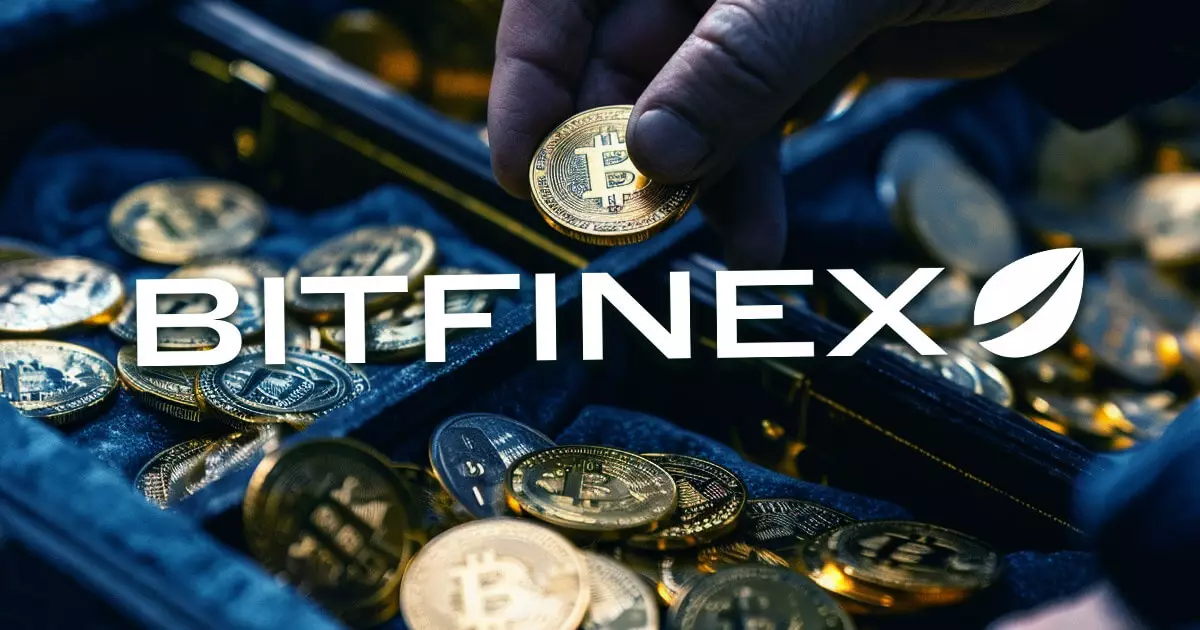The 2016 Bitfinex hack, which resulted in the unprecedented theft of approximately 120,000 Bitcoin (BTC), has cast a long shadow over the cryptocurrency exchange landscape. Recent filings from the US government suggest that the focus of restitution efforts post-hack will singularly revolve around Bitfinex itself. This new development indicates that individual users who were affected may not be recognized as victims under current laws, particularly the Crime Victims’ Rights Act (CVRA) and the Mandatory Victims Restitution Act (MVRA).
In a rather striking assertion, the filing posits that, “the government is not aware of any person who qualifies as a victim… beyond perhaps Bitfinex.” This statement appears to prioritize the exchange as the sole legitimate claimant of lost assets. After the breach, Bitfinex implemented a 36% reduction in customer account balances, a tactic met with both criticism and pragmatic acceptance. This decision aimed to spread the financial losses across all users, allowing the exchange to remain functional and stabilize its operations. In return, customers were awarded BFX tokens, which they could exchange or redeem to recuperate their funds. By April 2017, it was reported that all BFX tokens had successfully been redeemed, demonstrating the effectiveness of the exchange’s recovery mechanisms.
Some users opted for equity in Bitfinex’s parent company, iFinex, indicating a willingness among clientele to invest further in the exchange despite the losses suffered. In this context, the official assertion that iFinex believes itself to be “the sole victim with sustained financial losses from the hack” reflects a broader attempt to redefine what it means to be a victim in the ever-evolving landscape of cryptocurrency exchanges.
The intricate nature of the legal proceedings surrounding the 2016 hack highlights the multifaceted challenges that arise whenever significant sums of digital currency are stolen. With the government targeting Bitfinex directly for restitution—while giving little credibility to individual customer claims—it’s clear the legal framework is shifting the narrative. Law enforcement has previously succeeded in recovering a significant amount of stolen Bitcoin; in February 2022, for instance, they seized 94,643 BTC linked to the hack—valued at approximately $3.6 billion at the time. The July 2023 announcement of Bitfinex receiving over $312,000 in cash and additional Bitcoin Cash from the Department of Homeland Security further emphasizes the ongoing recovery process.
Contractual obligations have also emerged in this complex equation, particularly pertaining to holders of Recovery Right Tokens (RRTs) issued to compensate customers post-hack. Bitfinex’s strategy involved using any recovered funds to redeem the RRTs, which demonstrates a commitment to restoring its user base’s trust, albeit largely focused on institutional recovery rather than individual restitution.
The ripple effects of this hack continue to permeate the broader cryptocurrency market. The reaction to the US government’s filing was palpable: Bitcoin saw a slight dip of 0.7% immediately after the documents were released. This drop signifies underlying market anxiety about the potential influx of seized Bitcoin assets back into circulation. The scenario poses a risk of market destabilization, showcasing how directly intertwined the fates of exchanges and their users are with the valuation of cryptocurrencies.
Furthermore, the singular focus on Bitfinex as the key victim potentially streamlines the restitution process, reducing the complexities of competing claims that could have prolonged the proceedings. This strategy not only aids in expedient resolution but also reinforces the notion that exchanges, as custodians of customer funds, hold supreme responsibility in both security and recovery.
Ultimately, the 2016 Bitfinex hack remains a significant cautionary tale in the realm of cryptocurrency security. As the exchange navigates the repercussions of that incident, it underscores the importance of robust security protocols and the necessity for exchanges to balance business decisions with customer interests. Bitfinex’s controversial choice to socialize losses has sparked ongoing debate within the crypto community regarding the ethics of financial governance and the accountability of custodians holding vast amounts of user assets.
As the exchanges’ resilience is tested, the case serves as a profound reflection of the precarities embedded in the rapidly evolving digital currency landscape. The narrative surrounding Bitfinex now stands as a marker for how exchanges may structure recovery efforts and engage with both regulatory frameworks and their user bases moving forward.


Leave a Reply